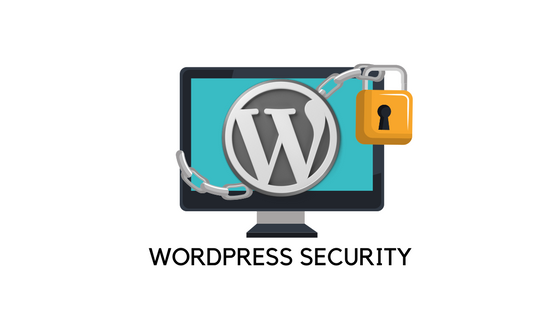Introduction
In the ever-evolving digital landscape, ensuring the security of your WordPress site is not just a choice – it’s a necessity. Cyber threats are becoming increasingly sophisticated, and your website can be vulnerable to attacks if not adequately protected. In this article, we’ll delve into vital security tips that will fortify your WordPress site and shield it from potential threats.
1. Regularly Update Your WordPress Core, Themes, and Plugins
Staying up to date with the latest versions of WordPress, themes, and plugins is your first line of defense. Developers often release updates that patch vulnerabilities and security issues. Make it a habit to regularly update your site components to maintain a secure environment.
2. Choose Reliable and Well-Coded Themes and Plugins
Opt for themes and plugins from reputable sources. Verify the developer’s reputation, user reviews, and update frequency. Avoid using nulled or pirated themes/plugins, as they often harbor malicious code that can compromise your site’s security.
3. Implement Strong Authentication Measures
Enforce strong passwords for all user accounts and consider implementing two-factor authentication (2FA) to add an extra layer of security. Limit login attempts and lock out users who repeatedly fail to log in.
4. Secure Your Admin Area
Change your default “admin” username to something unique and avoid easily guessable usernames. Use a different login URL (via plugins like WPS Hide Login) to make it harder for attackers to access your admin area.
5. Utilize a Reputable Security Plugin
Install and configure a reliable security plugin, such as Wordfence, Sucuri, or iThemes Security. These plugins offer features like malware scanning, firewall protection, and real-time monitoring to safeguard your site from various threats.
6. Back Up Your Site Regularly
Regular backups are your safety net in case of a security breach. Use backup plugins or your hosting provider’s backup solutions to create automated backups of your site’s data and files.
7. Harden Your Site with Security Headers
Implement security headers in your site’s HTTP response to control how browsers handle your content. Headers like Content Security Policy (CSP) and X-Frame-Options can prevent cross-site scripting (XSS) attacks and clickjacking.
8. Secure Your Database
Change your database table prefixes from the default “wp_” to something unique during WordPress installation. Regularly clean up your database by removing unused data and considering security-focused plugins to enhance database protection.
9. Monitor and Respond to Suspicious Activity
Keep an eye on your site’s traffic and activity using security plugins or online tools. Set up alerts for any suspicious activity, such as multiple failed login attempts or unusual traffic spikes.
10. Stay Educated and Prepared
Stay informed about the latest security trends and best practices. Having a plan in place for disaster recovery, such as a hacked site, will help you respond swiftly and effectively.
Conclusion
The security of your WordPress site is a responsibility that cannot be taken lightly. By implementing these essential security tips, you’re taking proactive steps to safeguard your site, your users, and your valuable content from potential threats. Remember, investing in security today is an investment in the future stability and success of your online presence.
Stay vigilant, stay informed, and keep evolving your security measures to stay one step ahead of cyber threats.
